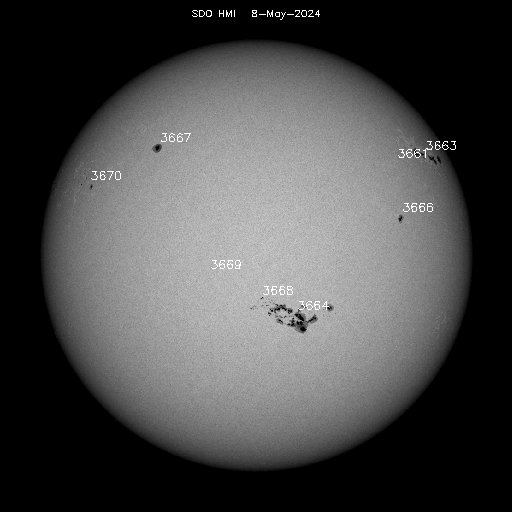This post shows the results of our second tentative imaging Mars close to its oposition. In this case, the people meeting in Satan Hill were Leo, Michel, Roberto and me. Again, the Leo's Dobsonian 65 cm telescope was used together with a Toucam Pro webcam, blocking and pass NIR filters and a 3x Barlow. The captured video tracks were stacked with REGISTAX and the histograms modified to show the best contrast. Additionally, an unsharp mask was applied to enhance as possible the contrast of the surface details.
The following image was captured around 2:30 GMT with the NIR blocking filter.

The next one was captured around 2:30 GMT with the NIR pass filter.

A combination of both images substituting the red channel of the firs image with the second one produces the next image.

In the north cap, the winter CO2 froze can be observed extending to the south of the polar regions. Now, as the planet is closer, both the RGB and NIR images show more details of the surface than in our previous tentative. However, the poor seeing during the observation degrades the sharpness of the images. Despite that, the observed regions can be clearly identified. The following image has been produced by Leo forzing a little the sharpening to remark some of the Mars regions.

















